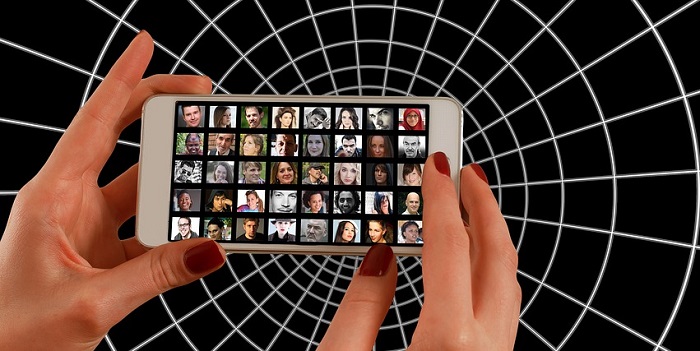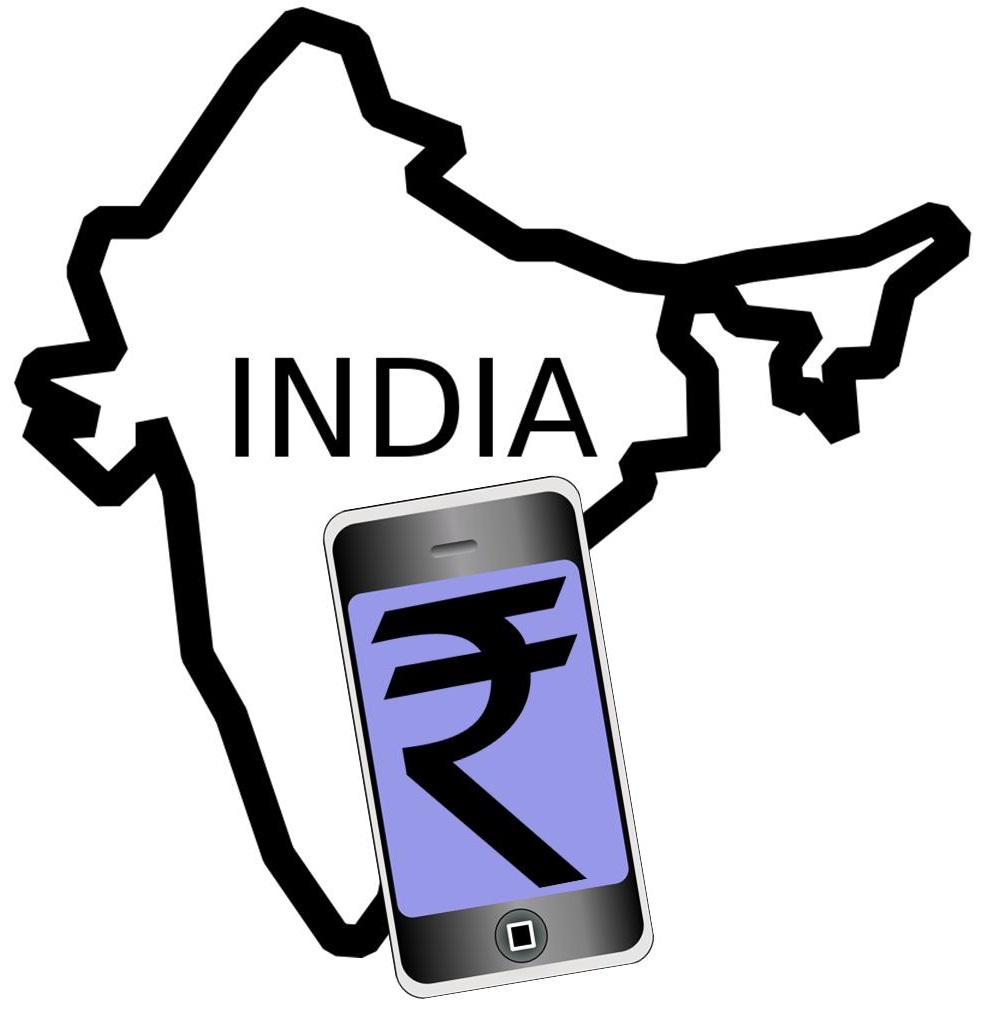As the Modi government forces a more cashless society, consumers have skipped plastic in favor of apps.
In India, Prime Minister Modi’s government suddenly eliminated two of the most commonly used monetary notes, providing a huge opportunity for the MobiKwik mobile wallet. As the country scrambles to ensure they have enough cash in their hands, mobile payments have become a fast alternative.
As a result, MobileKwik saw a sudden rush of new users, totaling 2 million in under 2 days.
The MobiKwik mobile wallet was already the largest in India. It saw the opportunity and rapidly launched a lighter version of its app, called the MobiKwik Lite. When it launched, it experienced more than 2 million downloads in less than the first two days. This trend is only expected to continue – though perhaps not as dramatically – as the nation continues its direction toward being cashless.
 Without the old Rs 500 and Rs 1000 notes, people rapidly looked to their smartphones to make sure they would have enough money to be able to make payments. The new MobiKwik Lite mobile app was designed to ensure that even the most basic smartphones and limited data connections would support it.
Without the old Rs 500 and Rs 1000 notes, people rapidly looked to their smartphones to make sure they would have enough money to be able to make payments. The new MobiKwik Lite mobile app was designed to ensure that even the most basic smartphones and limited data connections would support it.
MobiKwik mobile wallet is determined to keep up with demand as more consumers download and sign on.
“We are committed to support the Government of India`s mission of a clean, cashless economy and launched MobiKwik Lite with an objective to help masses across the country go cashless,” said Upasana Taku, one of MobiKwik’s co-founders. Taku went on to say that “So far, we have registered over 20 lakh users and the number is growing significantly by the hour.” Taku pointed out that this high rate of new user sign-ups is a direct illustration that a product that is well timed and designed “resolves a real issue,” and will become a mainstream hit.
This mobile app, which is available in Hindi and English, also makes it possible for users to receive payment requests and send funds by way of SMS. This new lighter version of the MobiKwik mobile wallet is offering all users free bank transfers until March 31, 2017.
The Unified Payments Interface is meant to simplify transactions over smartphones in the country.
The national payments system launched in India this week. The Unified Payments Interface (UPI) is designed to let shoppers complete transactions using mobile phones. So far, the launch includes 21 particpating banks. Customers of those banks can already use the mobile payments services.
Among the banks include ICICI, Axis Bank, Yes Bank as well as eighteen others in India.
With UPI, customers can use the national mobile payments system to both send and receive money. All they need is a smartphone and an account with a participating bank. This system functions by assigning a “virtual identifier” to a user, instead of a person’s actual identity. The purpose is heightened mobile security. There are a number of different functions available by way of the platform. The functions include: bill payments, barcode based in-store purchase transactions, real-time peer to peer (P2P) transactions, delivery payments as well as several others.
The national mobile payments system was initially announced in April and has since been pilot tested.
 The pilot initially consisted of bank employees. Now that the pilot is complete, availability has broadened substantially. Any Indian bank with more than 1,000 pilot customers and a success rate of 80 percent with 5,000 or more transactions can use the UPI mobile apps. They can offer their branded version of UPI mobile payments applications by way of the Google Play store. That way, it can be accessed by the general public in India.
The pilot initially consisted of bank employees. Now that the pilot is complete, availability has broadened substantially. Any Indian bank with more than 1,000 pilot customers and a success rate of 80 percent with 5,000 or more transactions can use the UPI mobile apps. They can offer their branded version of UPI mobile payments applications by way of the Google Play store. That way, it can be accessed by the general public in India.
By using those requirements for launching the mobile apps in the Google Play store, the goal was to incentivize participation in the pilot. That way, there would be a greater capability for improving the application before the nationwide launch. It is possible for existing mobile users to integrate their platforms into the Unified Payments Interface.
Some have predicted that this national mobile payments platform will be very helpful in boosting e-payment adoption in India. That opportunity has the potential to move the country forward in its progress toward financial inclusion. This is important as only just over half of Indians (53 percent) currently have bank accounts.
 Without the old Rs 500 and Rs 1000 notes, people rapidly looked to their smartphones to make sure they would have enough money to be able to make payments. The new MobiKwik Lite mobile app was designed to ensure that even the most basic smartphones and limited data connections would support it.
Without the old Rs 500 and Rs 1000 notes, people rapidly looked to their smartphones to make sure they would have enough money to be able to make payments. The new MobiKwik Lite mobile app was designed to ensure that even the most basic smartphones and limited data connections would support it.
 The pilot initially consisted of bank employees. Now that the pilot is complete, availability has broadened substantially. Any Indian bank with more than 1,000 pilot customers and a success rate of 80 percent with 5,000 or more transactions can use the UPI
The pilot initially consisted of bank employees. Now that the pilot is complete, availability has broadened substantially. Any Indian bank with more than 1,000 pilot customers and a success rate of 80 percent with 5,000 or more transactions can use the UPI 